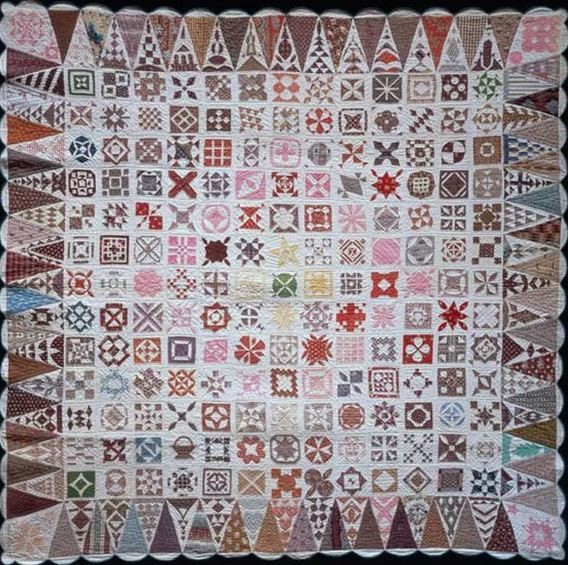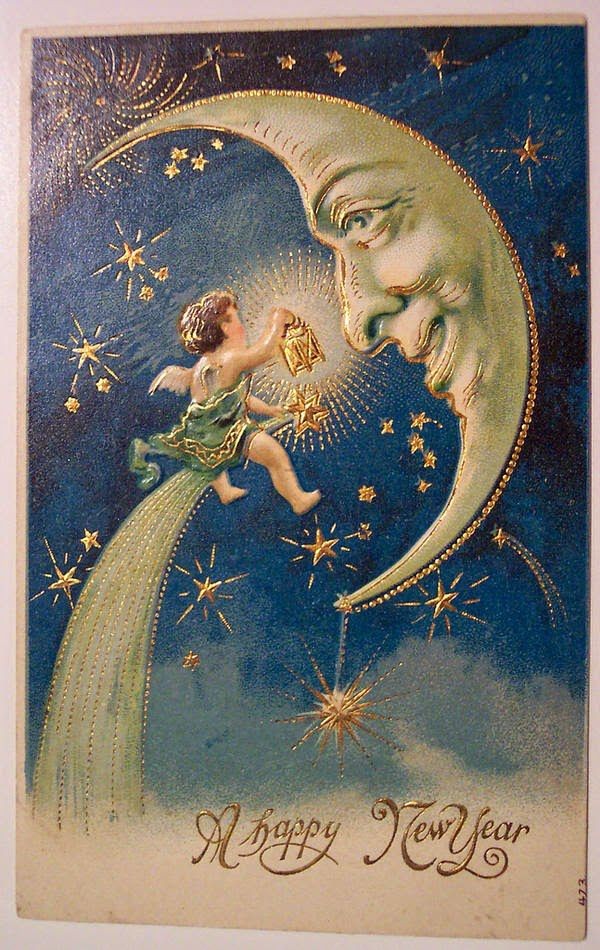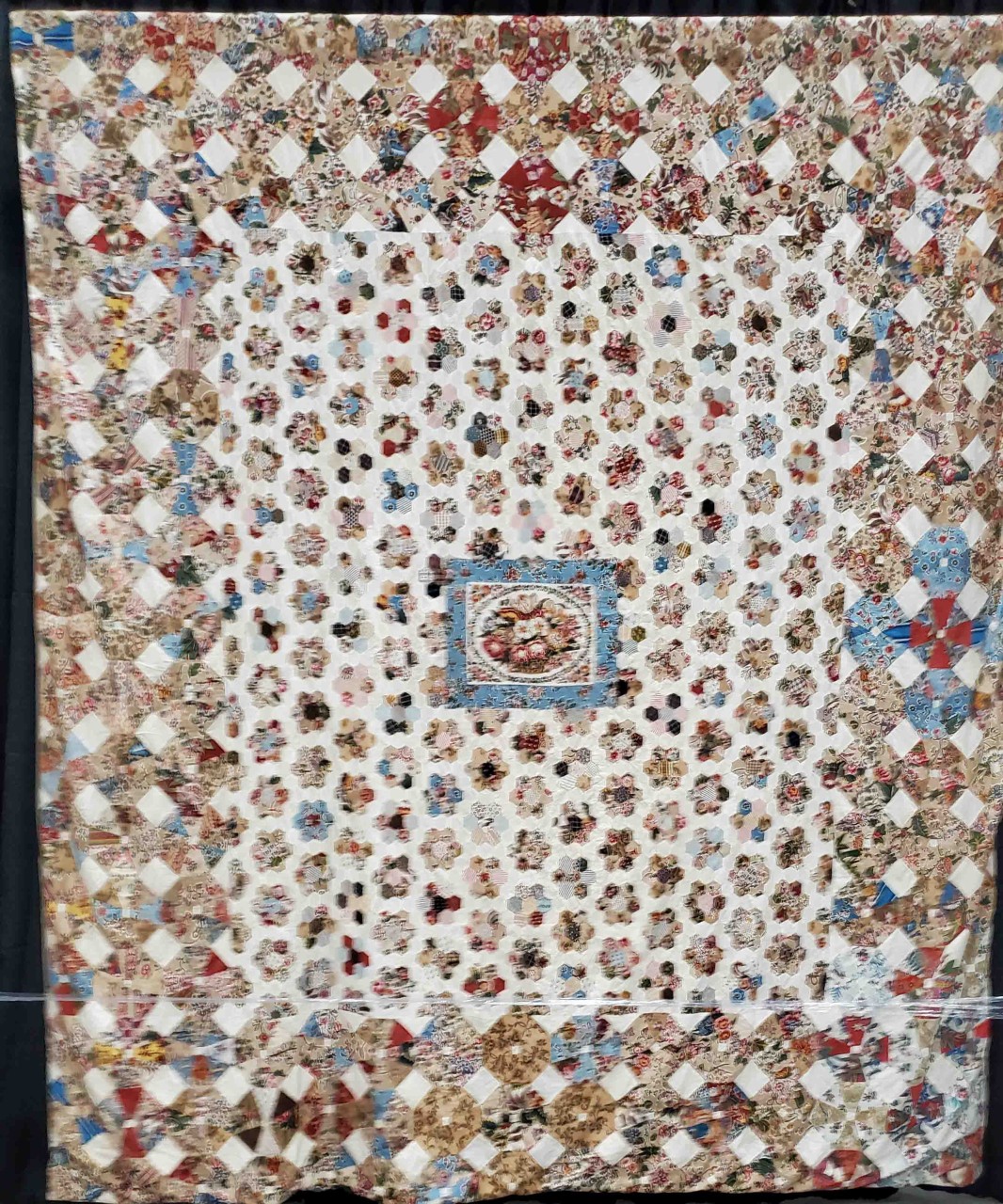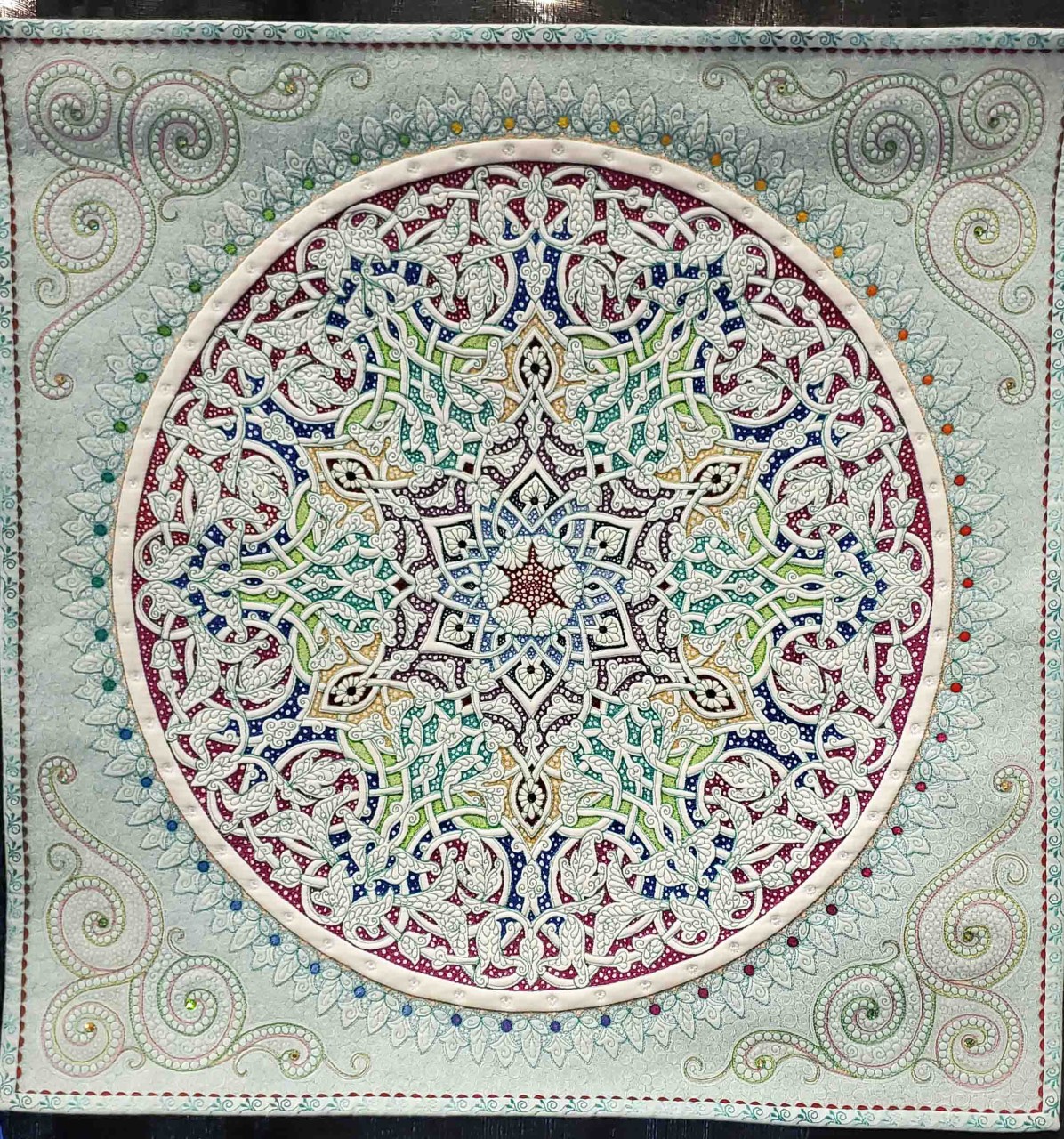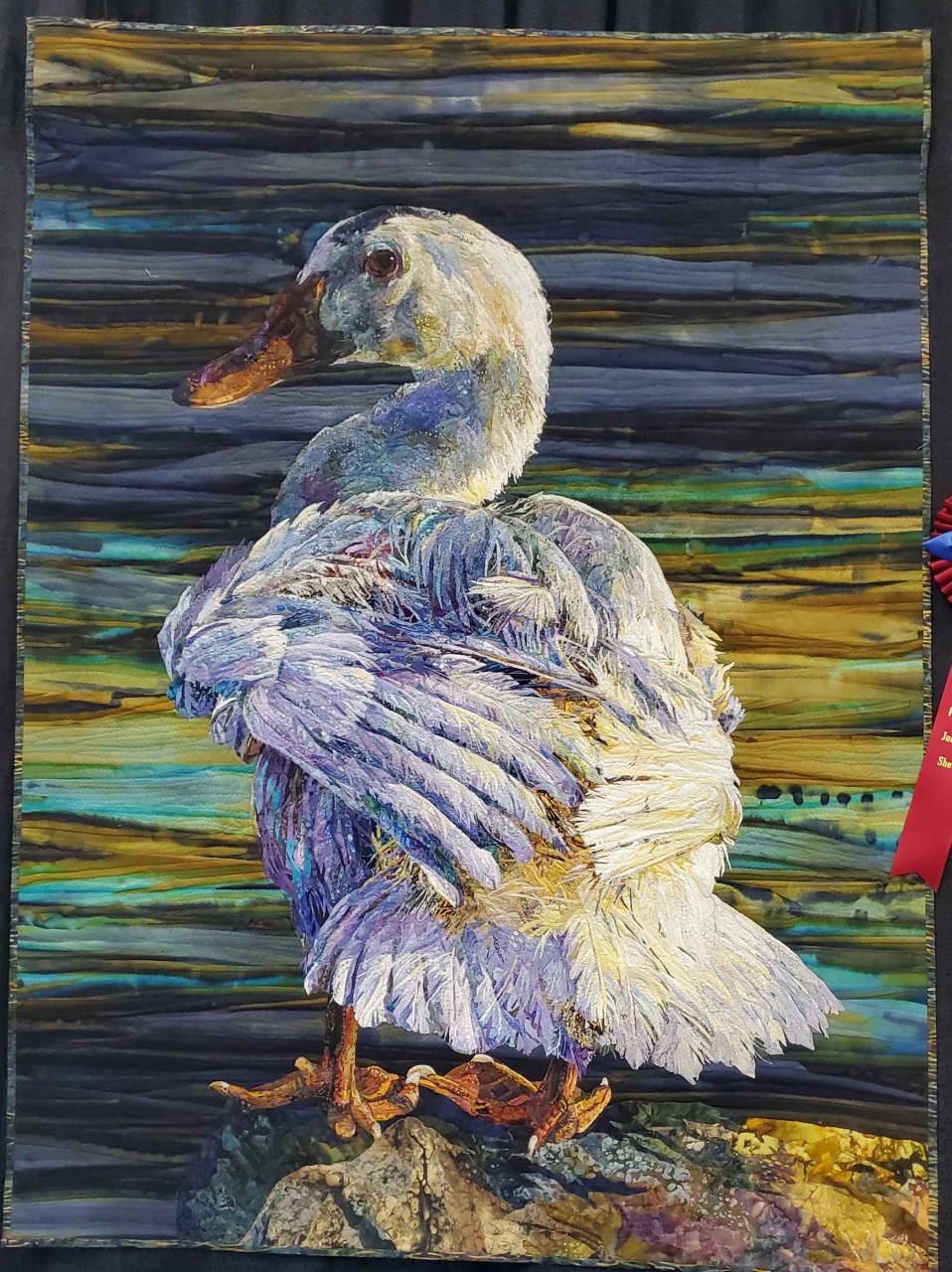
My love of birds is well established. In fact, at a recent professional retreat where several of us were working on the Triplett Sisters Wedding Album Quilt, I discussed making a few changes to make the quilt tell my story better. One of the other pros said, “so are you adding more birds?” The Houston Quilt Festival had lots of birds for my eyes to enjoy. However, I saw several quilts that even expanded the use of birds in unique ways, such as focusing on a feather. Another focused on the habitat for the birds, a hedgerow. I loved the different examinations of the wonderful theme of birds. Clearly there are many techniques that can be used to create birds. Also, many ways to explore the presence of birds in the world within your quilt. Are...


